- No products in the cart.
Excedrin Tab n / a film about 20 pc
$7.92
Excedrin Tab n / a film about 20 pc
SKU: 1493246540 Categories: Analgesics, antispasmodics, Medicaments Tags: acetylsalicylic acid, GlaxoSmithKline Helsker, paracetamol + Caffeine +
Description
Composition
Active substance:
Active substance: 250 mg of paracetamol, acetylsalicylic acid 250 mg, caffeine 65 mg
Excipients:
giproloza – 5 mg Microcrystalline cellulose – 100 mg, Stearic Acid – 2.5 mg. The composition of the film coating: Carnauba wax – 0.08 mg, white film material – 4.48 mg (hypromellose, titanium dioxide, propylene glycol, povidone, sorbitan laurate, polysorbate 20, mineral oil, benzoic acid, simethicone emulsion, a colorant Brilliant Blue).
Description:
Tablets, film-coated white, oblong, engraved “E” on one side; view of the cross-section – the core of a white or nearly white.
Product form:
10 pieces. – blisters (2) – packs cardboard.
Contraindications
Hypersensitivity to any of the components in the preparation; erosive and ulcerative lesions of the gastrointestinal tract in the acute phase; gastrointestinal bleeding; complete or partial combination of asthma, ritsidiviruyuschego polipnoza nose and paranasal sinuses and intolerance to acetylsalicylic acid and other non-steroidal anti-inflammatory drugs (including history).; surgery, accompanied by bleeding; hemophilia; hemorrhagic diathesis; gipoprotrombinemii; severe hypertension; portal hypertension; heavy for CHD; glaucoma; beriberi K; renal failure; concurrent use of other drugs containing paracetamol, acetylsalicylic acid or other non-steroidal anti-inflammatory agent; deficiency of glucose-6-phosphate dehydrogenase; pregnancy; lactation; irritability; sleep disorders; Children under 15 years of age (the risk of Reye’s syndrome in children with hyperthermia on a background of virus diseases).
Indications
Pain syndrome secondary to a light intensity of different origin: headache; migraine; toothache; neuralgia; arthralgia and myalgia (pain in the muscles and joints); algomenorrhea (pain during menstruation).
Interaction with other drugs
The drug can increase the effects of heparin, indirect coagulants, reserpine, steroid hormones and hypoglycemic drugs. The simultaneous use of other NSAIDs, methotrexate increases the risk of side effects. Reduces the effectiveness of spironolactone, furosemide, antihypertensive drugs, as well as preparations protivopodagricakih promoting excretion of uric acid. Barbiturates, rifampicin, salicylamide, antiepileptic drugs and other inducers of microsomal liver enzymes contribute to the formation of toxic metabolites of paracetamol affecting the liver function. Metoclopramide accelerates the absorption of paracetamol. Under the influence of paracetamol half-life of chloramphenicol increases 5 times. Repeated dose paracetamol may enhance the action of anticoagulants (coumarin derivatives). Simultaneous treatment with paracetamol, acetylsalicylic acid and alcoholic beverages increases the risk of hepatotoxic effects. Caffeine speeds up the absorption of ergotamine.
Overdose
Symptoms caused by the presence of paracetamol (with reception at doses more than 10-15 g / day) during the first 24 hours, paleness of the skin, nausea, vomiting, anorexia, abdominal pain, impaired glucose metabolism, metabolic acidosis. Symptoms of liver function may occur through 12-48 hours after the overdose. In severe overdose -pechenochnaya failure with progressive encephalopathy, coma, and death; acute renal failure with tubular necrosis (including the absence of severe liver disease); arrhythmia, pancreatitis. Hepato-toxicity manifests itself in adults when receiving 10 g or more. Symptoms caused by the presence of acetylsalicylic acid (when taken in doses exceeding 150 mg / kg) at light intoxications – nausea, vomiting, tinnitus, blurred vision, dizziness, severe headache. In severe poisoning – hyperventilation central origin (shortness of breath, dyspnea, cyanosis, cold clammy perspiration, respiratory paralysis), respiratory acidosis. The greatest risk of chronic intoxication is seen in children and the elderly at the reception for a few days more than 100 mg / kg / day. When poisoning with moderate and severe requiring hospitalization. Symptoms due to the presence of caffeine (when taken in doses exceeding 300 mg / day): gastralgia, agitation, anxiety, agitation, restlessness, confusion, delirium, dehydration, tachycardia, arrhythmia, hyperthermia, frequent urination, headache, increased tactile or sensitivity to pain, tremor or muscle twitching; nausea and vomiting, sometimes with blood; ringing in the ears, seizures (in acute overdose – tonic-clonic). Treatment: control of acid-base balance and electrolyte balance. Vzavisimosti from metabolic state – the introduction of sodium hydrogencarbonate, sodium citrate or sodium lactate. Rising alkalinity increases the excretion of acetylsalicylic acid due to the alkalinity of urine. Gastric lavage in the first 4 hours, vomiting provocation reception activated charcoal, laxatives medicaments administration donators SH-groups and precursors of glutathione synthesis of methionine for 8-9 hours after the overdose and acetylcysteine - for 8 hours.
pharmachologic effect
Pharmacological group:
N02BA71
Pharmacodynamics:
Eksedrin® – combined preparation containing paracetamol, aspirin and caffeine. Paracetamol has analgesic, antipyretic and antiinflammatory action are extremely weak, that is connected with its effect on the thermoregulatory center in the hypothalamus and mild ability to inhibit prostaglandin synthesis in peripheral tissues. Acetylsalicylic acid has analgesic, antipyretic and antiinflammatory action. Rapidly attenuates pain, especially caused by inflammation, as well as moderately inhibits platelet aggregation and thrombus formation slows the process, improving microcirculation in inflammation. Caffeine enhances the reflex excitability of the spinal cord, stimulates the respiratory and vasomotor centers, dilates blood vessels in skeletal muscle, brain, heart, kidneys, reduces platelet aggregation. It reduces drowsiness, fatigue, enhances mental and physical performance. This combination of caffeine in a small dose substantially no stimulating effect on the CNS, but helps to normalize cerebral vascular tone and speed of blood flow in it.
Pharmacokinetics:
Paracetamol is easily absorbed in the digestive tract, Cmax in the blood plasma are found in the interval from 30 minutes to 2 hours after administration. Paracetamol is metabolized by the liver and excreted by the kidneys, primarily as glucuronide and sulfate conjugates. Less than 5% paracetamol output unchanged. Duration T1 / 2 ranges from 1 to 4 hours. Relationship to plasma proteins is negligible at normal therapeutic doses, however, increases with increasing dose. Hydroxylated metabolite formed in small amounts in the liver under the influence of mixed oxidases and usually are neutralized by binding to glutathione, may accumulate with an overdose of paracetamol and cause liver damage. Acetylsalicylic acid is rapidly and completely absorbed, undergoes rapid hydrolysis in the gastrointestinal tract, liver and blood to form salicylates which undergo further metabolism, mainly in the liver. Caffeine is completely and rapidly absorbed. The maximum concentration observed in the interval from 5 to 90 min after administration on an empty stomach. In adults, the excretion takes place almost entirely by hepatic metabolism. There is a marked variability in the individual elimination of adult values. The average T1 / 2 of the plasma is 4.9 hours, in the range of 1.9-12.2 h. Caffeine is distributed in all body fluids. Communication caffeine to plasma proteins is 35%. Caffeine is almost completely metabolized via oxidation, demethylation and acetylation and excreted by the kidneys. The main metabolites: 1-methylxanthine, 7-methylxanthine, 1.7-dimethylxanthine.
Pregnancy and breast-feeding
Despite the fact that acetylsalicylic acid can be used in the II trimester of pregnancy, the safety of this combination in pregnant and breast-feeding has not been studied, and the drug is contraindicated in pregnant women (in all trimesters) and breastfeeding.
Conditions of supply of pharmacies
Without recipe
side effects
Gastralgia, nausea, vomiting, hepatotoxicity, nephrotoxicity, erozivnoyazvennye shock syndrome, allergic reactions, tachycardia, increased blood pressure, bronchospasm. With prolonged use – dizziness, headache, blurred vision, tinnitus, platelet aggregation reduction, hypocoagulation, hemorrhagic syndrome (epistaxis, bleeding gums, purpura et al.), Kidney disease with papillary necrosis, deafness, malignant exudative erythema (syndrome Stevens-Johnson), toxic epidermal necrolysis (Lyell’s syndrome), Reye’s syndrome in children (hyperpyrexia, metabolic acidosis, disorders of the nervous system and psyche hand, vomiting, liver dysfunction).
special instructions
If, after taking the drug the symptoms persist, there is a worsening or new symptoms occur, you should seek immediate medical attention. While taking the drug at the recommended dose in the body receives the same amount of caffeine as found in a cup of coffee, so you should reduce the consumption of caffeine-containing products in the treatment of this drug in order to avoid the development of nervous excitation, irritability, insomnia, and heart palpitations on the background of caffeine overdose. If you suspect an overdose should immediately seek medical help, even if there are no symptoms. It should refrain from drinking alcohol while taking the drug due to an increased risk of liver damage and gastrointestinal bleeding. Because aspirin slows blood clotting, the patient, who is to surgery, doctor should be forewarned of taking the drug. Acetylsalicylic acid low-dose excretion of uric acid decreases, and therefore the patients with drug susceptibility can cause gout. Prolonged use of the drug requires monitoring of peripheral blood and functional state of the liver. Effects on ability to drive and use machines None reported about the influence of the drug on the ability to drive and use machines.
Storage conditions
The drug should be stored in reach of children at a temperature not higher than 25 ° C. Do not use after the expiration date printed on the package.
Dosing and Administration
The drug is taken orally during or after meal. Adults and adolescents 15 years.: 1 tablet every 4-6 hours At the first sign of migraine take 2 tablets. The average daily dose of 3-4 tablets per day, the maximum daily dose – 6 tablets per day. After receiving 2 tablets headache relief, and other types of pain usually occurs rapidly – within 15 minutes, migraine relief usually occurs after 30 minutes. When pain syndrome medication should not take more than 5 days without consulting a doctor. Migraine medication should not take more than 3 days without consulting a doctor.
Information
Appearance may differ from that depicted in the picture. There are contraindications. You need to read the manual or consult with a specialist
Additional information
| Weight | 0.100 kg |
|---|---|
| Manufacturer | GlaxoSmithKline Helsker |

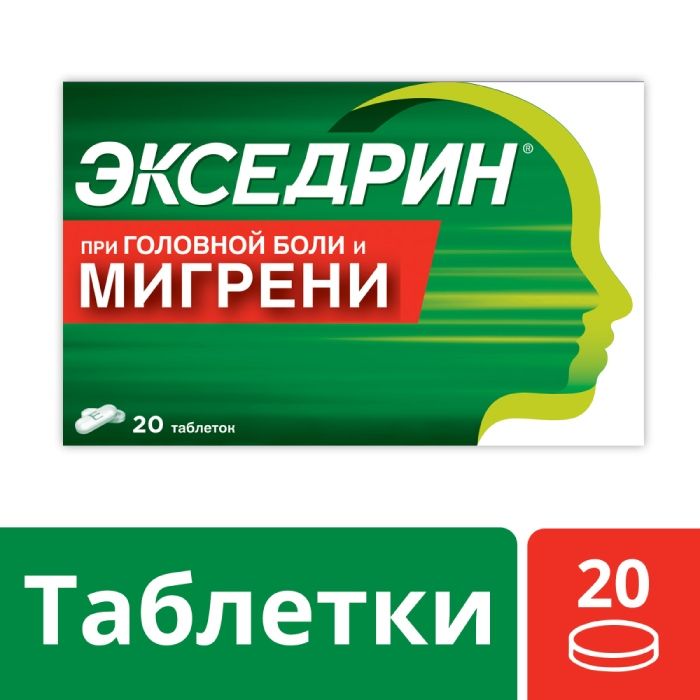
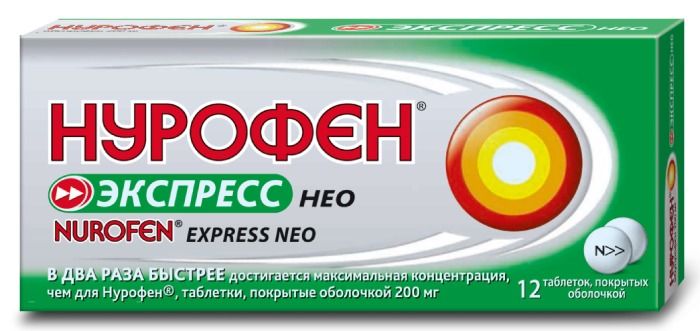
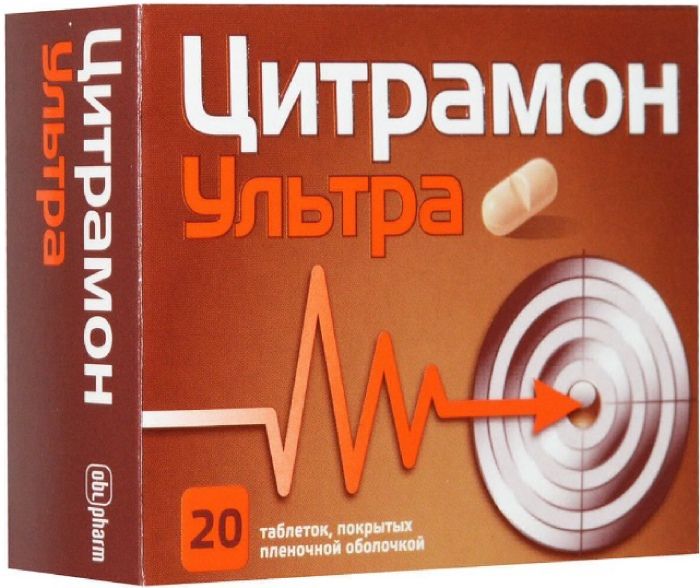
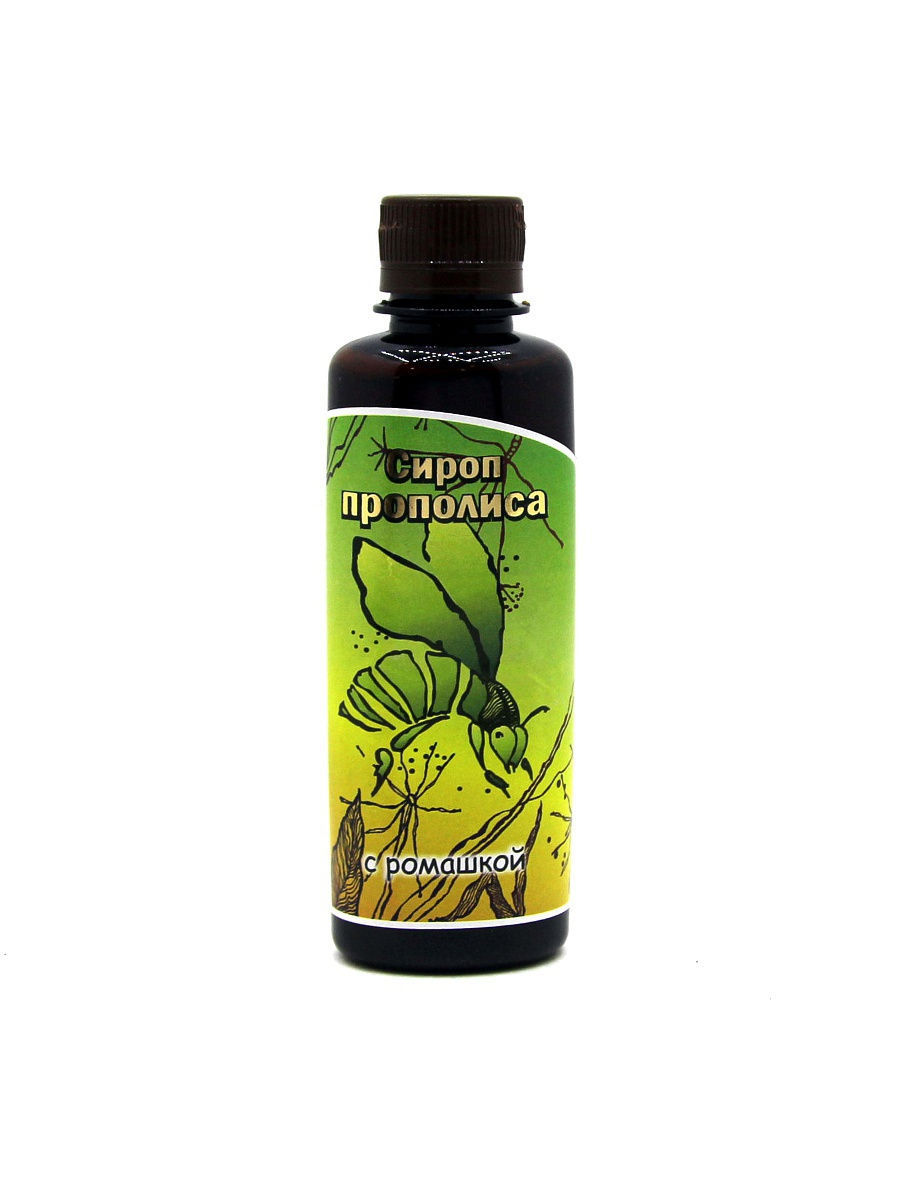
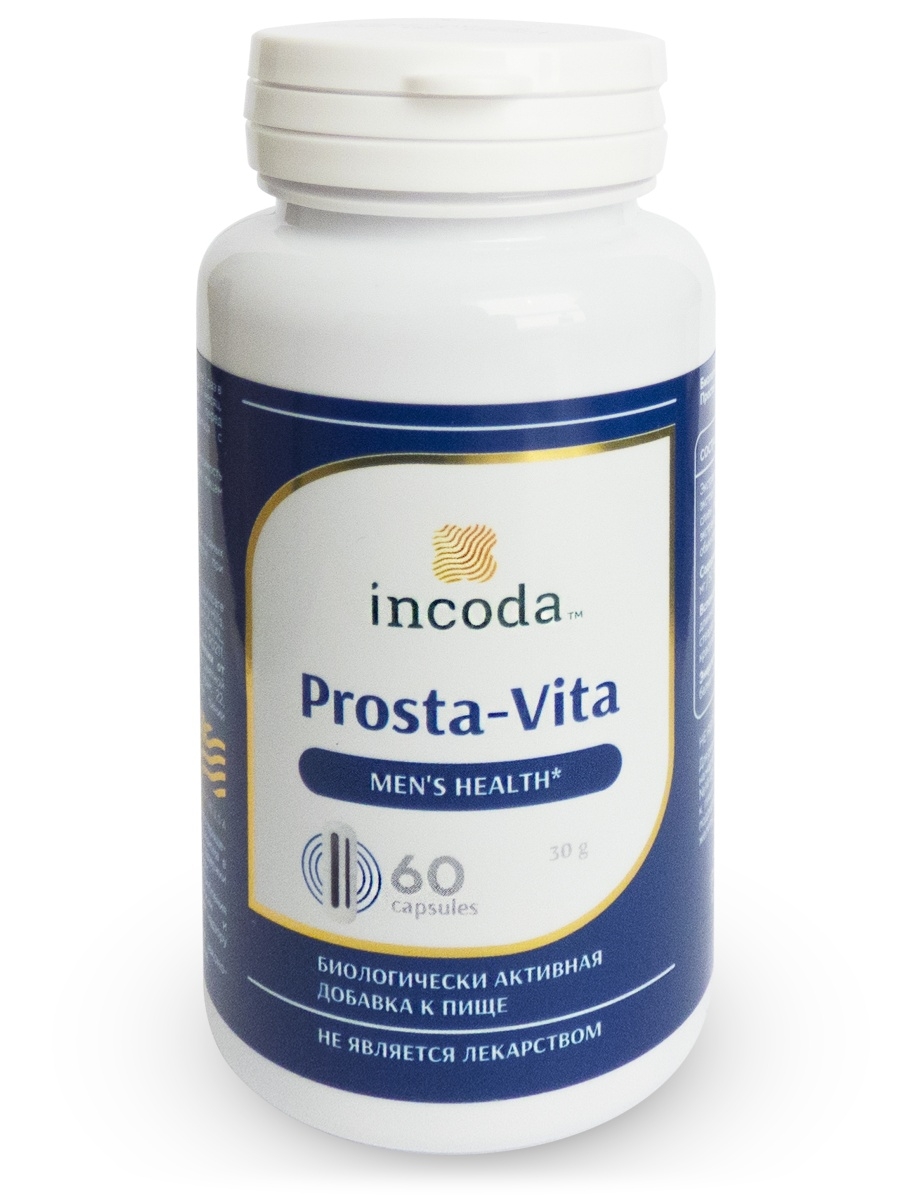
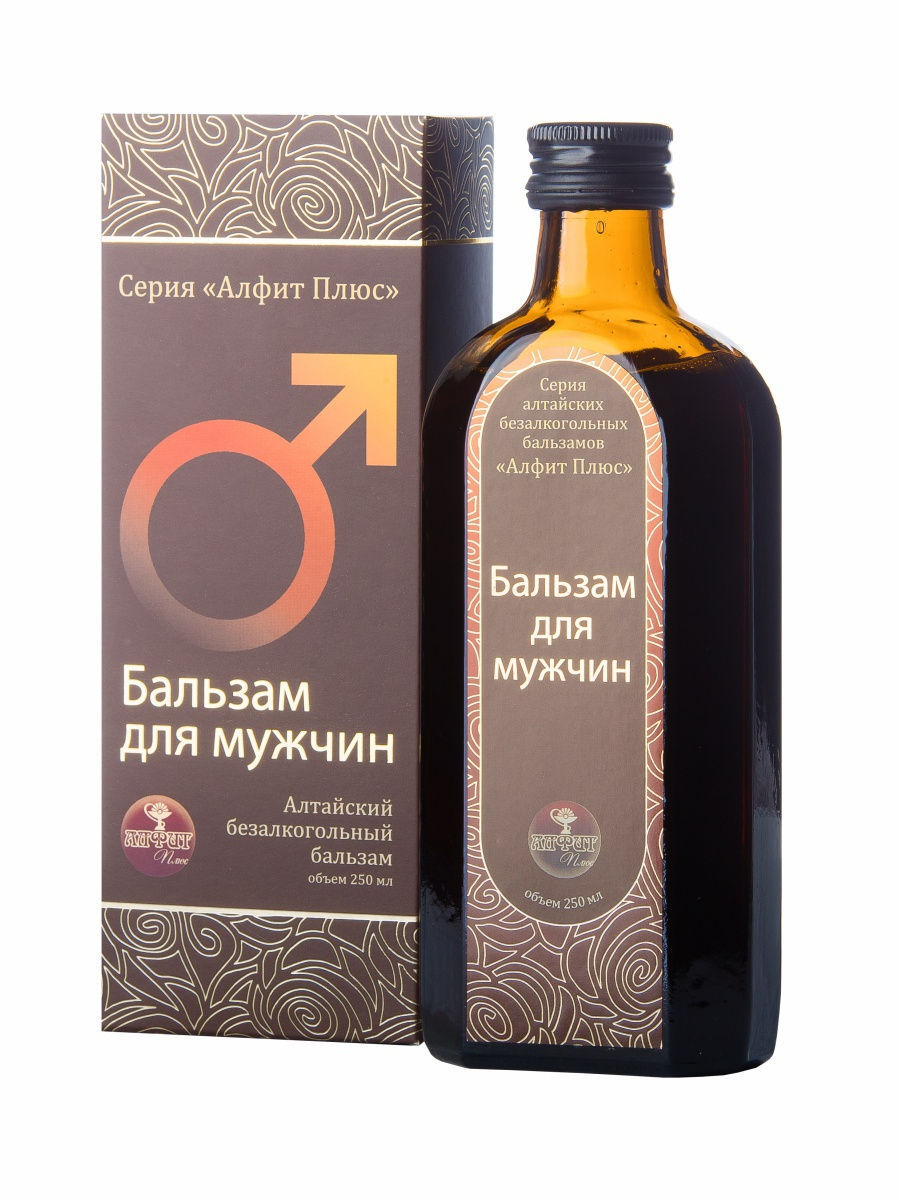
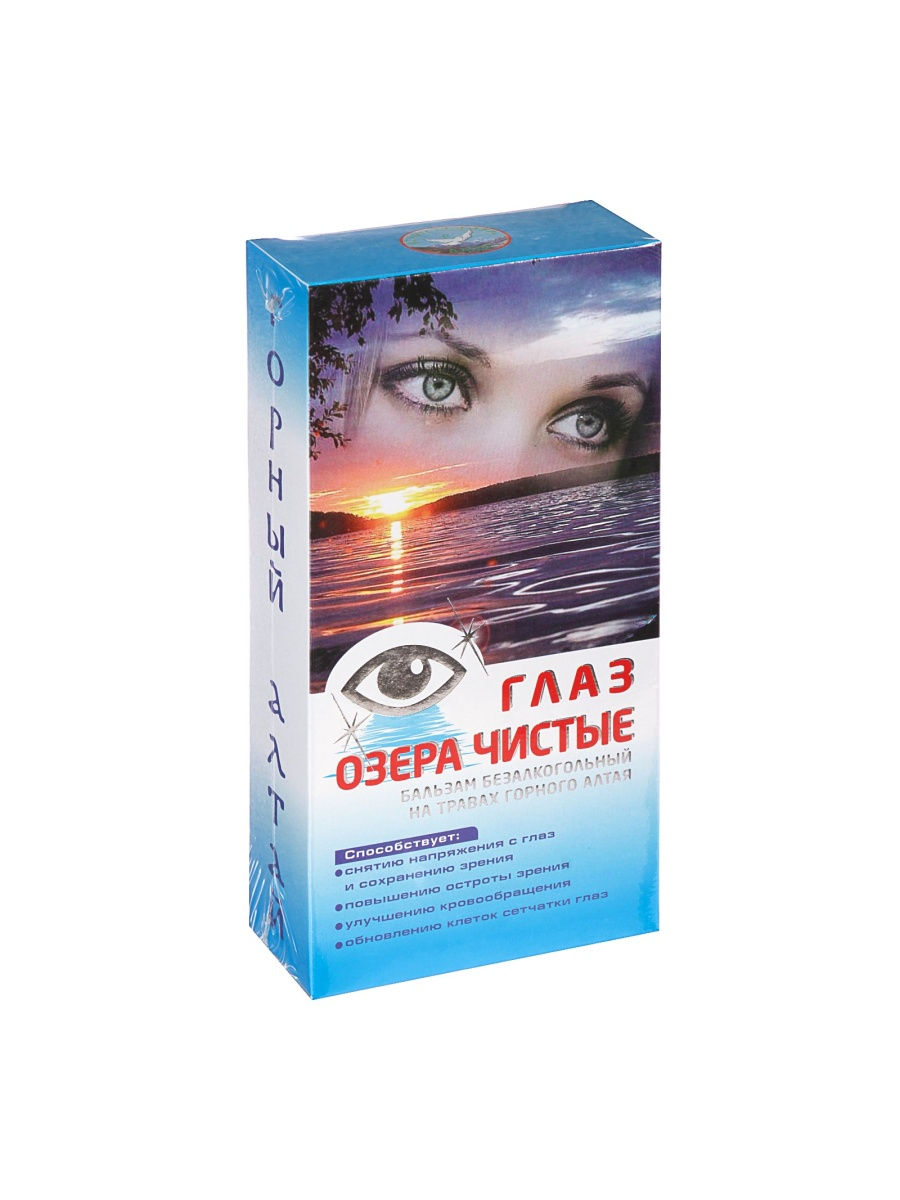

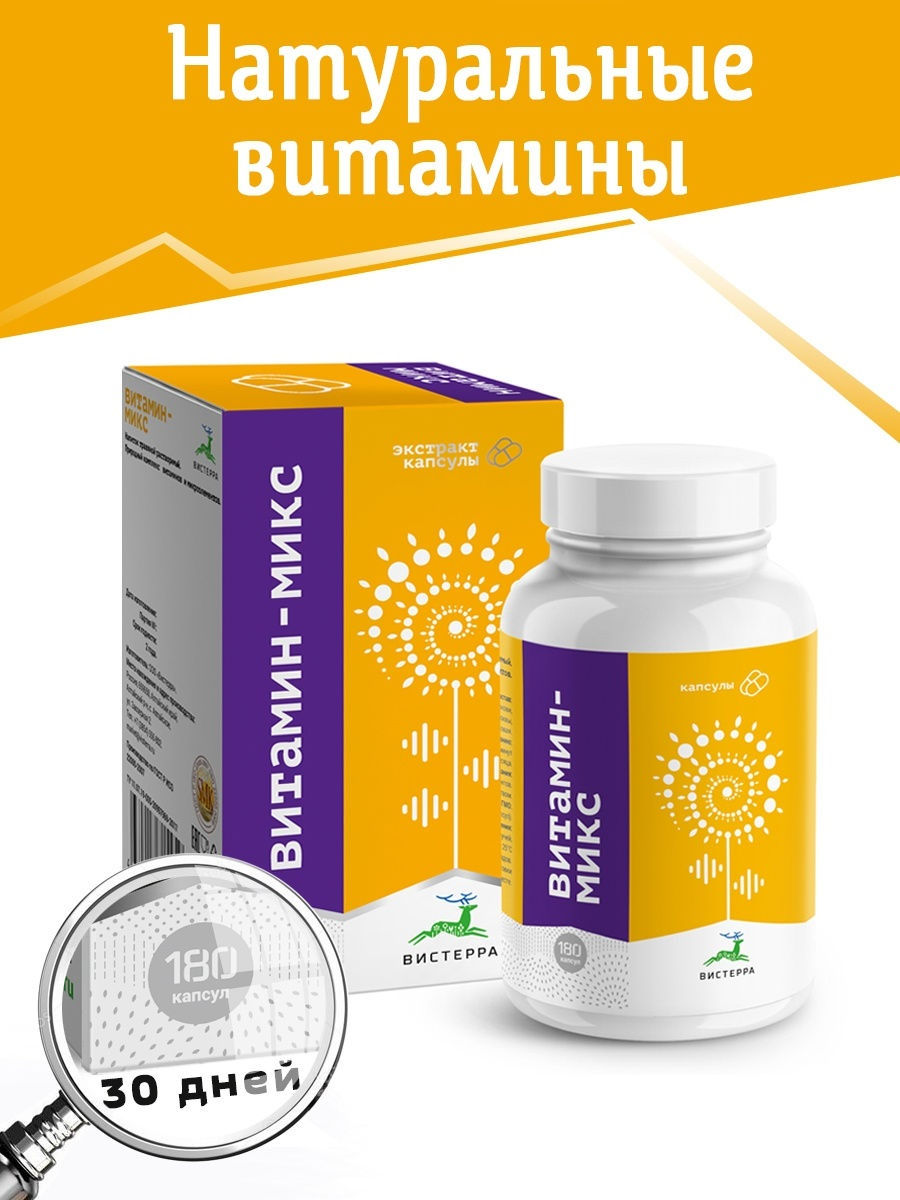




There are no reviews yet.